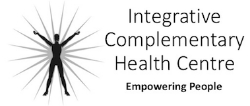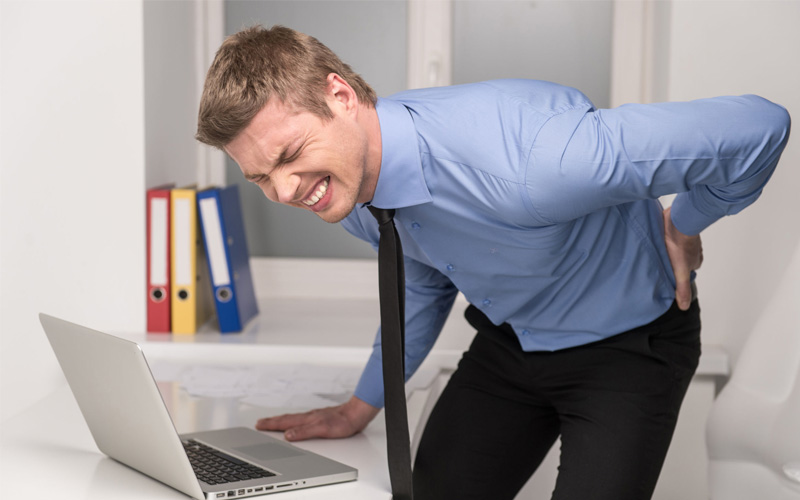[fusion_builder_container hundred_percent=”no” equal_height_columns=”no” menu_anchor=”” hide_on_mobile=”small-visibility,medium-visibility,large-visibility” class=”” id=”” background_color=”” background_image=”” background_position=”center center” background_repeat=”no-repeat” fade=”no” background_parallax=”none” enable_mobile=”no” parallax_speed=”0.3″ video_mp4=”” video_webm=”” video_ogv=”” video_url=”” video_aspect_ratio=”16:9″ video_loop=”yes” video_mute=”yes” overlay_color=”” video_preview_image=”” border_size=”” border_color=”” border_style=”solid” margin_top=”” margin_bottom=”” padding_top=”” padding_right=”” padding_bottom=”” padding_left=””][fusion_builder_row][fusion_builder_column type=”1_1″ layout=”1_1″ spacing=”yes” center_content=”no” hover_type=”none” link=”” min_height=”” hide_on_mobile=”small-visibility,medium-visibility,large-visibility” class=”” id=”” background_color=”” background_image=”” background_position=”left top” undefined=”” background_repeat=”no-repeat” border_size=”” border_color=”” border_style=”solid” border_position=”all” padding_top=”” padding_right=”” padding_bottom=”” padding_left=”” margin_top=”0px” margin_bottom=”0px” animation_type=”” animation_direction=”left” animation_speed=”0.3″ animation_offset=”” last=”no”][fusion_text]Holistic Kinesiology is a broad based complementary medicine that makes use of muscle testing (kinesiology) as well as many areas of complementary medicine (Chinese Medicine, counselling, nutrition and diet therapy, homeopathics, neurophysiological assessment and movement therapy, energetic medicine, reflex therapy) to enable a fully integrated mind-body approach to clients, particularly focussed on chronic illnesses and emotional stress.
Our posture represents our emotional and life history. It is the sum total of the way we express ourselves in our life. In Holistic Kinesiology we take time to analyse a person’s posture not just from a orthopaedic point of view but also what it may mean about how the person lives their life. It is amazing how much posture and movement can tell us about a person. Of course we all recognise this to an extent. When we first meet someone we automatically pick up many cues about them from how they move. For example do they move confidently, do they fidget, move quickly or slowly? However it was not until I began really analysing postures and asking clients about them that I realised just HOW MUCH of our life is written there in our posture.
This insight is very important in understanding back pain and what you can do to overcome it. There are two types of back pain clients:
• Type 1 ‘changed’ client: They have made recent changes to their life but their current posture is lagging behind these emotional/life changes.
• Type 2 ‘posture reflects my life’ client: Their current life is written in their posture.
A Type 1 ‘changed’ client is the easiest to work with because all that is required is structural work to help consolidate the changes they have already made in their life. When I first started clinic work I remember having a series of clients like this over three months that all came with 10-20 years back pain and after a few sessions said all their pain was gone. I thought to myself why isn’t everyone doing this work? Then the next four clients that walked in took longer and longer to improve even though I was getting more efficient at the work. I learnt then that while some tools work for some people they may not work for all because not all clients are Type 1 clients.
Heidi, a 38 year-old receptionist is a good example of a Type 2 client. She had chronic back pain resulting from major degeneration of her lumbar spine, particularly in the disc between the third and fourth lumbar vertebra. Nerves were being impinged giving her constant pain for 10 years. She had tried many therapies without any long-term relief, although one kinesiologist had helped the pain cease for several hours. She had received advice that an operation to fuse the vertebra was the only option likely to give relief.
In my experience it is possible for pain to be overcome even for someone like Heidi whose condition has become severe to a point where discs and vertebra are involved. The key to pain being removed is to restore good posture. Once the muscles coordinate well, the pressure is taken off the spine and pain usually is reduced or eliminated.[/fusion_text][/fusion_builder_column][/fusion_builder_row][/fusion_builder_container]

